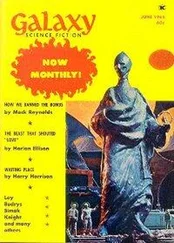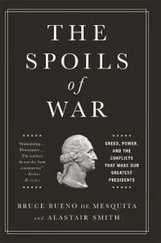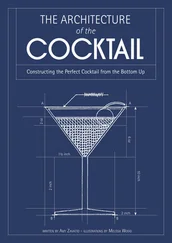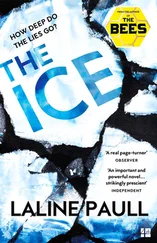This book reveals this heritage in all of its diversity. For twenty years, the Memory of the World programme has gone from strength to strength. We must now take it ever further – by increasing nominations from all countries and by raising the visibility of preserving sources of knowledge of outstanding significance. Memory of the World is coming of age at a time when preserving our documentary heritage is more important than ever.

The emotional power of documents
Roslyn Russell PhD
Chair, International Advisory Committee
UNESCO Memory of the World Programme
Among the 245 inscriptions on the UNESCO Memory of the World Register is the Tuol Sleng Genocide Museum archives from Cambodia. One photograph in the archives shows a young mother cradling a baby. It is an image that brings to mind countless others of the same subject – a mother and child – especially images of the Madonna and the Christ Child, the essence of serenity and spiritual grace.
But learning of the fate that met this particular mother and child can evoke an almost unbearable pain in the viewer – for these two individuals, after having been meticulously documented in this photograph, were taken out and killed, as were the other subjects of the photographs in the Tuol Sleng Genocide Museum archives. These documents form a historical record, to be sure, but they also deliver a powerful emotional charge – and remind us of things that never should be forgotten, or repeated.
World significance, provenance and authenticity, and rarity and uniqueness are key values when assessing the suitability of a nomination of documentary heritage for inscription on the UNESCO Memory of the World Register. However, we must never forget the reasons why documents are so important to us, and why we believe so passionately in their preservation.
The historical evidence that documents convey is one reason; others are the beauty and craftsmanship, or the technical innovations some documents display. The capacity of documents to engage our emotions and connect us to people and events in the past is another.
Archivists, librarians and museum curators who work with collections relating to Indigenous people can testify to the powerful emotions that flow when these people find their families mentioned in documents, or see photographs or film footage of their ancestors, or hear recordings of voices speaking their language.
Holy books and writings can also evoke strong emotional responses in members of particular faith systems. For a believer, a document associated with a saint or a prophet is not just a physical object; it possesses a spiritual power over and above its historical significance, or its value as an original, rare or unique item.
The popularity of exhibitions of documents indicates how compelling these can be in connecting people with the past. An exhibition curator explains why visitors flock to see displays of letters by writers, artists, scientists, philosophers, inventors, and political figures: ‘We see the writers’ words directly, unfiltered. The manuscripts give a sense of the authors’ daily lives, friendships, concerns and ambitions, their work and their leisure.’ Original music manuscripts can have the same emotional power, as the viewer sees the erasures, the corrections and the resolutions that lie behind a finished score. Even the pen strokes can convey the passion and intensity of composition. There are few objects of material culture that are more imbued with the personality of their originators than documents such as these.
It is the task of the UNESCO Memory of the World Programme to ensure that future generations will be able to access these documents and experience their emotional power, as well as to learn about the historical memories that they convey, or appreciate their beauty and craftsmanship.
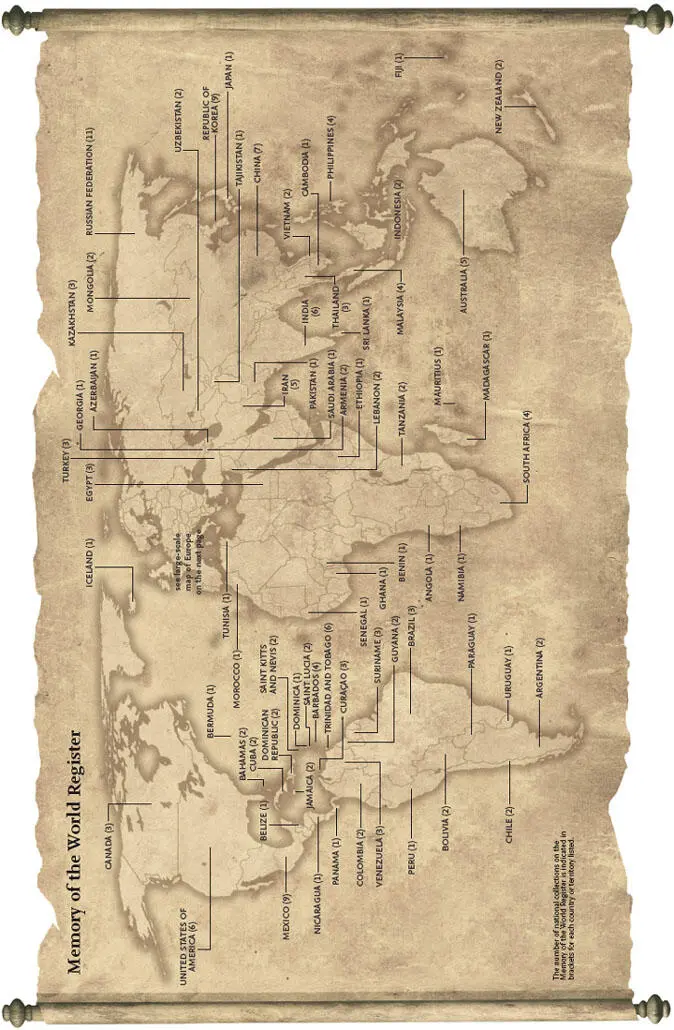
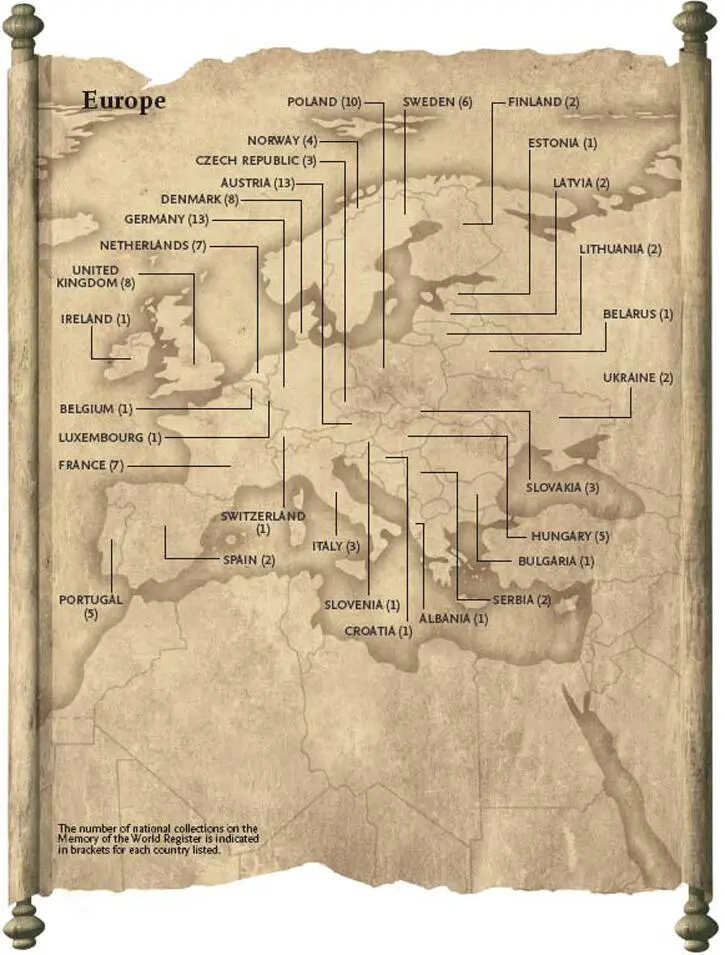
Memory of World Register
Albania
Codex Purpureus Beratinus
Angola
Arquivos dos Dembos / Ndembu archives *
Argentina
Documentary heritage of the Viceroyalty of the Río de la Plata
Human rights documentary heritage, 1976–1983
Armenia
Mashtots Matenadaran ancient manuscripts collection
First Byurakan Survey (FBS or Markarian survey)
Australia
The Endeavour journal of James Cook
The Convict Records of Australia
Manifesto of the Queensland Labour Party to the people of Queensland
The Story of the Kelly Gang (1906)
The Mabo case manuscripts
Austria
Papyrus Erzherzog Rainer
Tabula Peutingeriana
Vienna Dioscurides
Collection of Gothic architectural drawings
Bibliotheca Corviniana *
Mainz Psalter at the Austrian National Library
Tabula Hungariae *
The Atlas Blaeu–Van der Hem
The Vienna City Library Schubert collection
Final document of the Congress of Vienna
Brahms collection
Arnold Schönberg estate
The historical collections (1899–1950) of the Vienna Phonogrammarchiv
Azerbaijan
Medieval manuscripts on medicine and pharmacy
Bahamas
Registry of Slaves of the British Caribbean 1817–1834 *
Farquharson’s Journal
Barbados
Documentary heritage of enslaved peoples of the Caribbean
Silver men: West Indian labourers at the Panama Canal *
Federal Archives fonds
Nita Barrow collection
Belarus
Radziwills’ Archives and Niasvizh (Nieśwież) Library collection *
Belgium
Bibliotheca Corviniana *
Archives Insolvente Boedelskamer Antwerpen
Business archives of the Officina Plantiniana
Belize
Registry of Slaves of the British Caribbean 1817–1834 *
Benin
Colonial archives, Benin
Bermuda
Registry of Slaves of the British Caribbean 1817–1834 *
Bolivia
American colonial music: a sample of its documentary richness *
Documentary fonds of Royal Audiencia Court of La Plata (RALP)
Brazil
Dutch West India Company (Westindische Compagnie) archives *
The Emperor’s collection
Network of information and counter information on the military regime in Brazil (1964–1985)
Bulgaria
Enina Apostolos, Old Bulgarian Cyrillic manuscript (fragment) of the 11th century
Cambodia
Tuol Sleng Genocide Museum archives
Canada
Quebec Seminary collection, 1623–1800 (17th–19th centuries)
Hudson’s Bay Company archival records
Neighbours, animated, directed and produced by Norman McLaren in 1952
Chile
Jesuits of America
Human Rights Archive of Chile
China
Huang Di Nei Jing  (Yellow Emperor’s Inner Canon)
(Yellow Emperor’s Inner Canon)
Ancient Naxi Dongba literature manuscripts
Ben Cao Gang Mu  (Compendium of Materia Medica)
(Compendium of Materia Medica)
Records of the Qing’s Grand Secretariat
Golden Lists of the Qing dynasty imperial examination
Qing dynasty Yangshi Lei archives
Traditional music sound archives
Colombia
Negros y Esclavos archives
Читать дальше
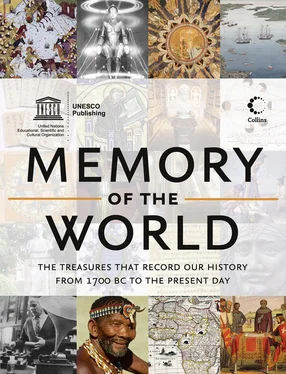



 (Yellow Emperor’s Inner Canon)
(Yellow Emperor’s Inner Canon) (Compendium of Materia Medica)
(Compendium of Materia Medica)